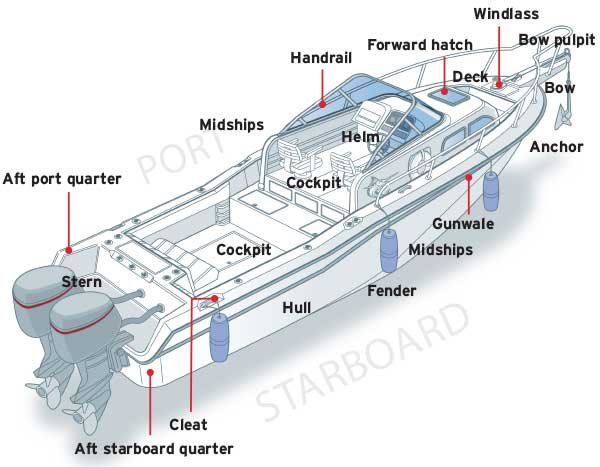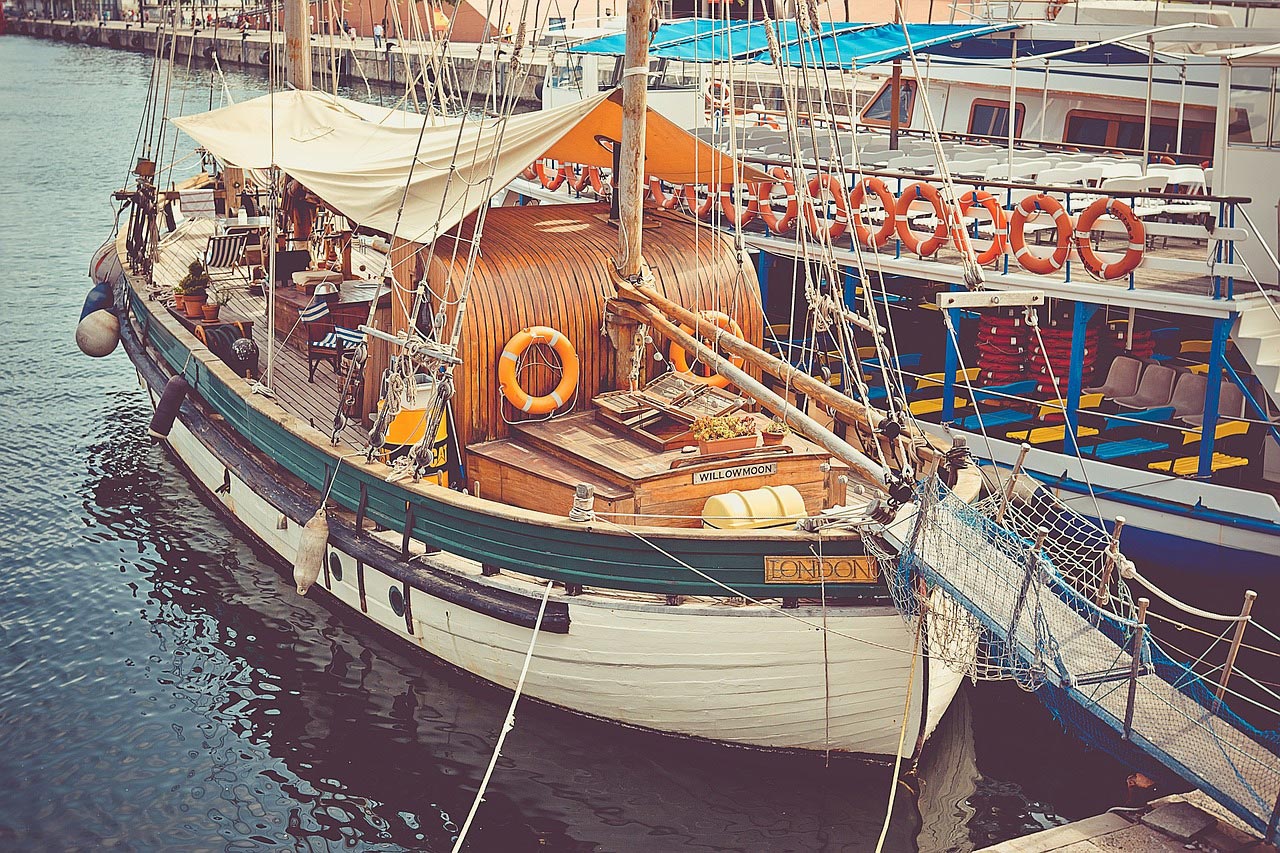
Boat lingo full#

Thankfully, no matter what brand of vessel you get, be it G3 boats or otherwise, the parts will stay the same.īoat dimensions terminology is important to learn for when you want to measure your boat and keep track of the dimensions or if you're shopping for a boat of a certain size. Cuddy – Small, sheltered cabins on the boat.Stateroom – Another term used to refer to bedrooms on a boat.Saloon – Social areas on larger boats pronounced "salon," despite its spelling.Deck – Exterior and flat surfaces means for people to walk and stand on.Cockpit – Recessed and semi-enclosed areas that rest lower than the surrounding decks.Casting Platform – an open deck on a fishing boat, often raised used primarily for casting rods into the water.Berth – An area on a boat dedicated to sleeping.Bilge – A compartment located in the lowest point of the hull.Locations on a boat also have different terms applied to them.
Boat lingo portable#
Outboard motor – A portable engine with its own motor attached to the outside of a vessel used on smaller boats it is possible to purchase used outboard motors.Anchor – An object that keeps the boat in place, either by weight or hooking to parts of the seabed.Fender – Generally a rubber tube that acts as a bumper to protect the ship from other vessels and docks.Rudder – A flat piece of wood, metal, or fiberglass at the bottom of the boat that helps steer on a larger vessel, it may have a wheel for control, while smaller ships keep the mechanism on the aft.Boon – On a sailboat, the horizontal pole extending from the bottom of the mast by adjusting the boon, you move the sail to harness the wind.Mast – The vertical pole on a sailboat that supports the sails.Helm – Area that contains the engine and steering controls of the vessel the origin of this term is an English word that means "rudder," as that is what the helm controls.Chine – Where the hull sides intersect with the bottom of the boat.Ballast – Any additional weight added to a vessel to provide stability.Keel – The lowest point in the boat's hull, which provides stability while in the water.



PortSide – The left-hand side of the boat, when facing the bow.
Boat lingo how to#
First up is getting to know how to orient yourself on your boat, especially since standard everyday terms like "right" and "left" aren't in use while sailing. When getting to know your boat, there are plenty of different elements to learn about, each with their functions and names.


 0 kommentar(er)
0 kommentar(er)
